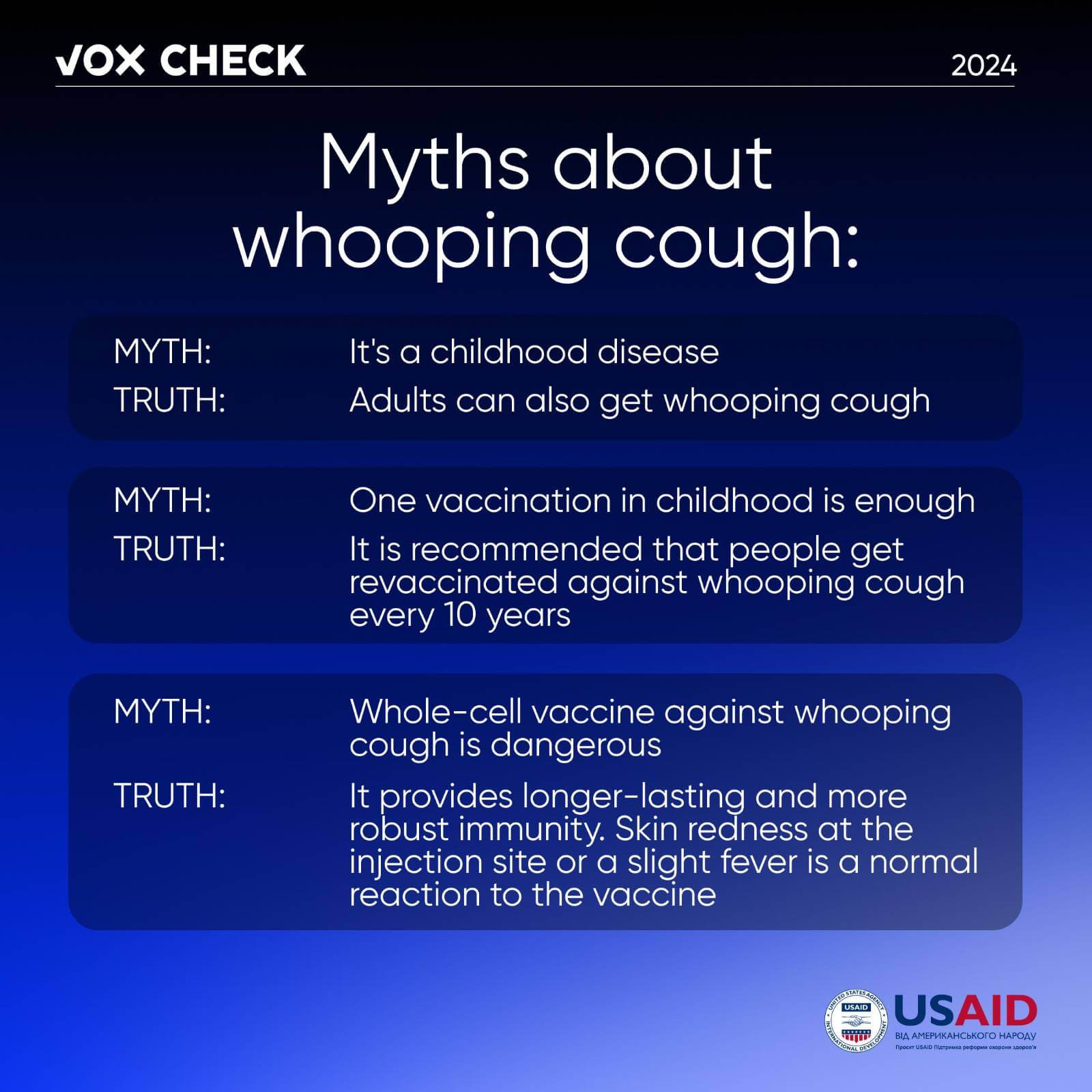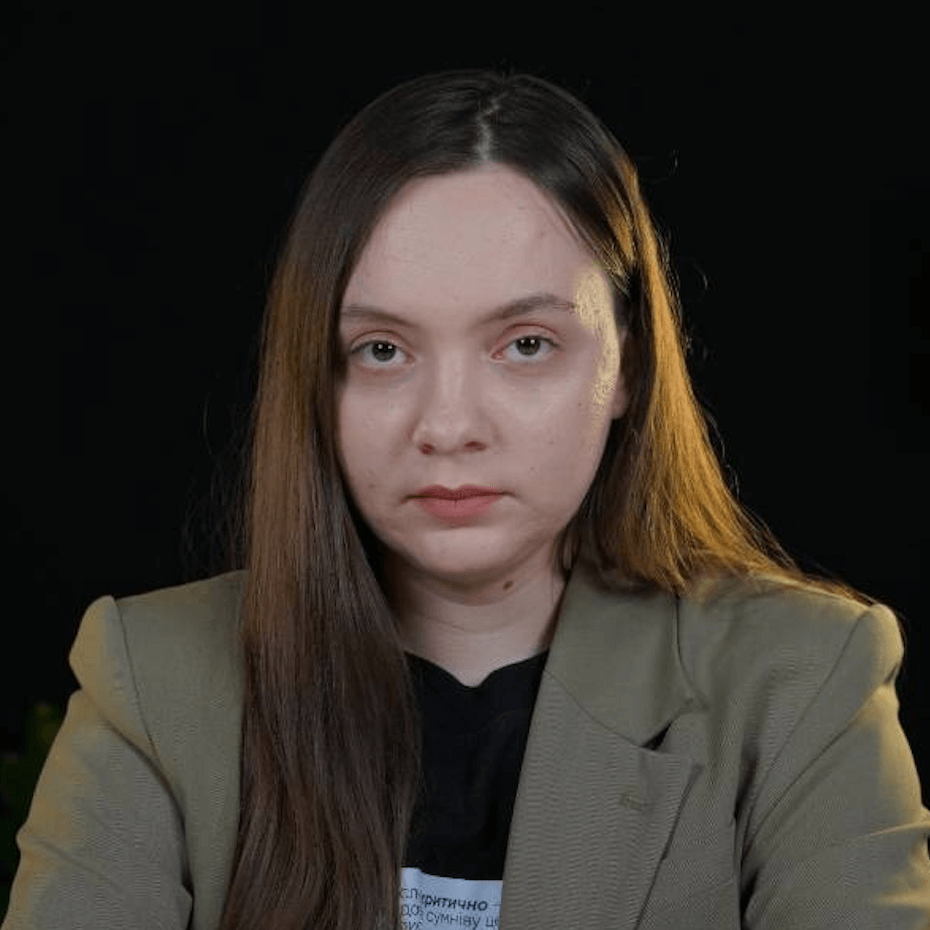Russian propagandists continue their disinformation campaign targeting the frontline cities. This time they fabricated nationwide statistics of whooping cough illnesses and attributed them to Kharkiv. They even altered the timeframe, indicating just one month instead of two. Allegedly, the rise in cases is due to the lack of electricity, water, and proper medical treatment in the city. Such fakes are created to discredit Ukraine’s healthcare system.
With the support of the USAID Health Reform Support project, VoxCheck analyzes and refutes public health narratives spread in the information space of Ukraine, Belarus, and russia on a weekly basis.
Information is being spread online, with claims that various illnesses are starting to spread in Kharkiv due to power outages and water supply disruptions. Allegedly, the Ministry of Health of Ukraine has announced that in addition to the flu, local residents are beginning to fall ill en masse with whooping cough. In the last month, 515 cases of this illness have been registered in the city, 19 times more than in the entire year of 2023.
Screenshot of the post
What’s the reality?
The Ministry of Health of Ukraine indeed reported an increase in cases of whooping cough, but not in Kharkiv but across Ukraine. 515 cases were registered not in the city over the past month but across Ukraine in the first two months of 2024. The ministry attributes the increase to a large number of unvaccinated children. There were no reports of “mass” cases of whooping cough, specifically in Kharkiv.
Whooping cough is a respiratory tract infection caused by bacteria. It easily spreads from person to person through airborne droplets. Its main symptom is prolonged paroxysmal coughing. This disease is most dangerous for infants, as it can be accompanied by periods of temporary cessation of breathing.
“Whooping cough is most dangerous for children in their first years of life, especially in the first months. During this age, the highest number of deaths from whooping cough are recorded. For example, at the beginning of the 20th century, 8 out of 10 children did not survive until 2 years of age, and among them, 1-2 children died from whooping cough. It’s precisely because of such circumstances that the vaccination schedule was designed from the beginning to provide protection to the child from severe whooping cough as early as possible,” explains Fedir Lapii, the head of the National Technical Expert Group on Immunoprophylaxis and candidate of medical sciences.
The National Immunization Program includes whooping cough vaccination for infants, which is provided at the state’s expense. Combination vaccines protect against other infectious diseases and are given at 2, 4, 6, and 18 months. Older children (after 7 years old) and adults can also be vaccinated at their own expense. Revaccination against whooping cough should be done every 10 years.
We have previously debunked claims that hospitals in Kharkiv are barely functioning, with almost no electricity, water, or heating. There are scheduled hourly power outages in the city to support Kharkiv’s energy system. These outages do not affect critical infrastructure — these facilities are prioritized for electricity supply. Therefore, hospitals operate normally.
The flu incidence rate in the region is decreasing. According to the Kharkiv Regional Center for Disease Control and Prevention, there is no flu epidemic in the region. The overall incidence rate of acute respiratory viral infections during the epidemic season (since October 2, 2023) is 80.97 per 100,000 population, which is below the epidemic threshold level (415.06) by 80.5%.
This information piece was produced with the assistance of the United States Agency for International Development (USAID), provided on behalf of the people of the United States of America. This article’s content, which does not necessarily reflect the views of USAID, the United States Government, is the sole responsibility of Deloitte Consulting under contract #72012118C00001.
Attention
The author doesn`t work for, consult to, own shares in or receive funding from any company or organization that would benefit from this article, and have no relevant affiliations




